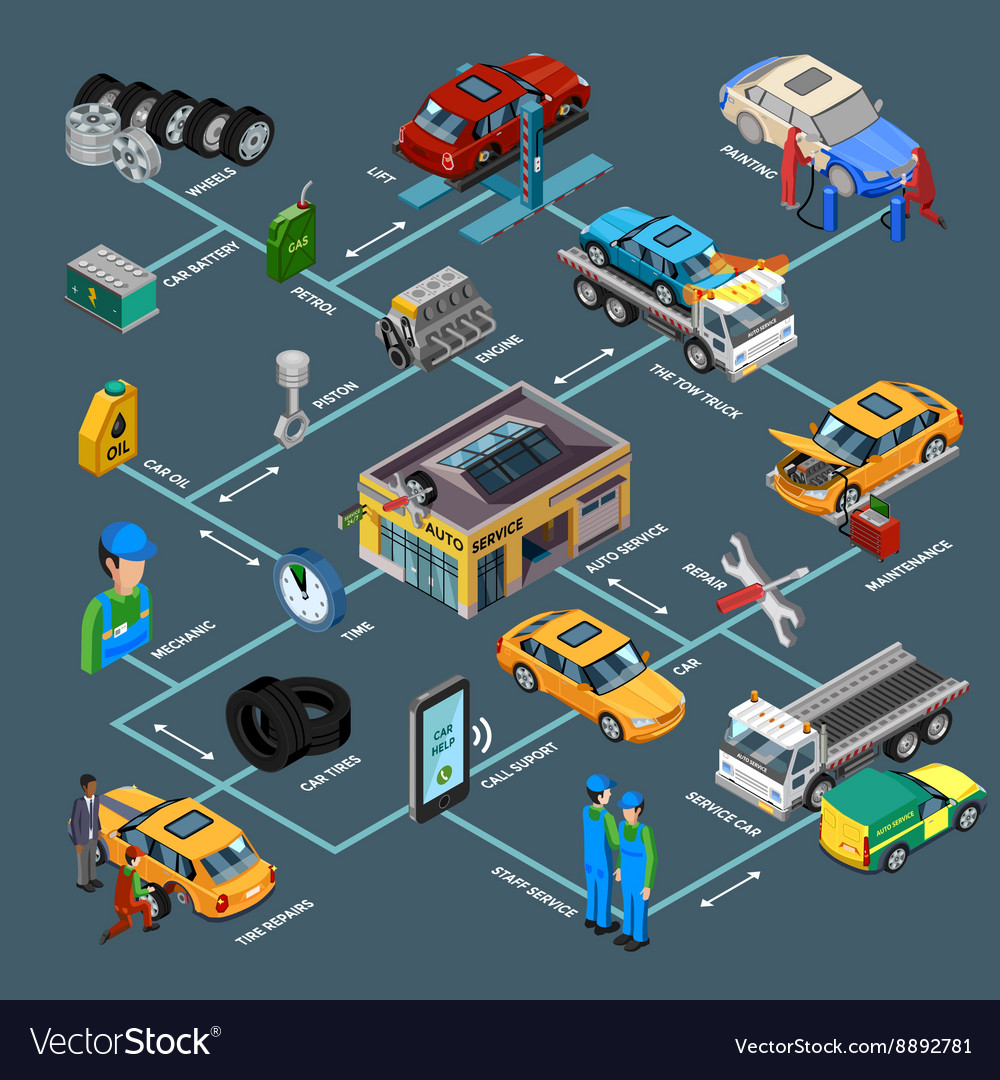Analyzing Your Car'S Caution Indicators: What They Really Convey
Analyzing Your Car'S Caution Indicators: What They Really Convey
Blog Article
Material Author-Samuelsen Torres
When you lag the wheel, those radiant caution lights on your control panel can be a bit difficult. Do you recognize what they're attempting to inform you regarding your auto's health and wellness? Understanding the significance of these lights is vital for your safety and security and the durability of your lorry. So, the next time one of those lights pops up, wouldn't you intend to understand its message accurately and take the necessary actions to resolve it?
Common Caution Lighting and Interpretations
Recognize common warning lights in your automobile and recognize their definitions to make certain secure driving.
One of the most regular warning lights include the check engine light, which indicates issues with the engine or exhausts system. If this light begins, it's essential to have your car inspected without delay.
The oil pressure cautioning light suggests reduced oil pressure, needing instant focus to prevent engine damage.
Suggested Online site flashing battery light might recommend a damaged charging system, possibly leaving you stranded if not attended to.
The tire stress surveillance system (TPMS) light informs you to reduced tire pressure, impacting vehicle security and gas effectiveness. Overlooking this can lead to unsafe driving problems.
The abdominal muscle light suggests a problem with the anti-lock braking system, jeopardizing your ability to stop quickly in emergency situations.
Finally, the coolant temperature level advising light warns of engine getting too hot, which can result in extreme damages if not solved promptly.
Understanding these common caution lights will certainly help you attend to problems immediately and preserve secure driving conditions.
Significance of Prompt Focus
Comprehending the typical warning lights in your cars and truck is just the first step; the value of promptly attending to these warnings can not be highlighted enough to ensure your safety and security on the road.
When a warning light illuminates on your dashboard, it's your cars and truck's means of communicating a possible issue that requires focus. Ignoring these warnings can lead to more extreme problems in the future, jeopardizing your safety and security and potentially costing you extra in repairs.
Prompt focus to cautioning lights can prevent failures and crashes. As an example, a flashing check engine light could suggest a misfire that, if left ignored, can cause damages to the catalytic converter. Resolving this promptly can conserve you from a costly repair service.
Similarly, a brake system cautioning light might signal low brake fluid or worn brake pads, essential components for your safety and security when driving.
Do It Yourself Troubleshooting Tips
If you notice a warning light on your control panel, there are a couple of DIY repairing tips you can attempt before looking for expert help.
The primary step is to consult your vehicle's handbook to recognize what the certain warning light suggests. Occasionally the issue can be as simple as a loosened gas cap triggering the check engine light. Tightening https://riverkfatn.worldblogged.com/38073534/just-how-mobile-auto-outlining-providers-can-conserve-you-money-and-time might deal with the issue.
One more common problem is a low battery, which can cause different alerting lights. Inspecting the battery connections for deterioration and guaranteeing they're secure might fix the problem.
If a warning light persists, you can try resetting it by detaching the vehicle's battery for a few mins and after that reconnecting it. Additionally, examining your vehicle's fluid degrees, such as oil, coolant, and brake fluid, can help fix warning lights related to these systems.
Verdict
In conclusion, understanding your automobile's warning lights is important for keeping your vehicle running smoothly and safely. By immediately attending to these notifies and understanding what they indicate, you can stay clear of pricey fixings and possible malfunctions.
Keep in go here to consult your auto's manual for particular information on each cautioning light and do something about it as necessary to ensure a hassle-free driving experience.
Stay educated, stay safe on the road!
